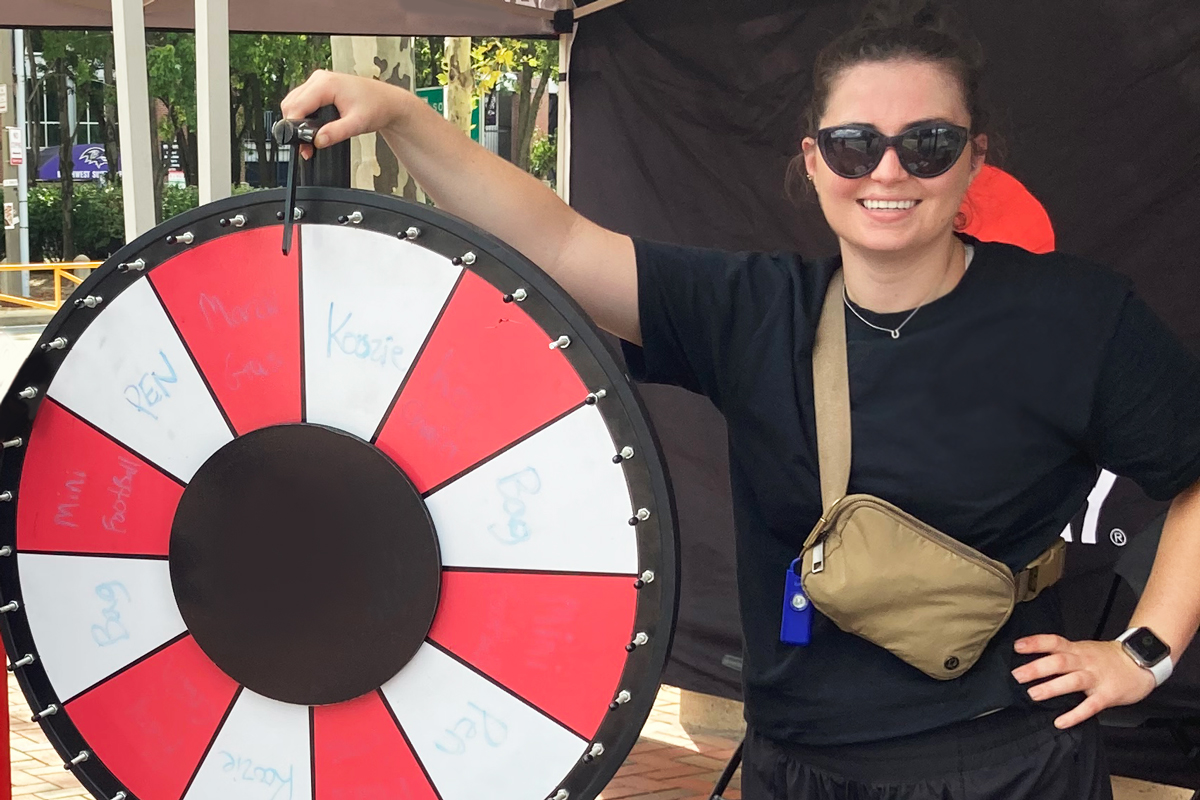Giving away free product is an easy way to increase sales and brand awareness, but only if you can effectively create an engaging experience for the consumer.
One would think that giving away free product to consumers would be an obvious and effective way to introduce them to you brand and, in many ways, it is. If you have a quality product at a price point that provides value, most consumers who try your product will turn into repeat, long-term customers. While the concept is solid, the execution of your experiential marketing plan may have a few flaws that prevent you from maximizing the consumer experience for your brand and prevent you from taking full advantage of the opportunities it provides. Here are ten of the most common mistakes brands make and how to avoid them.
1. Hiring Promo Staff Solely for Looks
Too often, brands expect or demand extremely attractive promotional models to represent their brands. While looks do hold a bit of importance, it’s more important that your promo staff has the necessary people skills, ability to relate brand information to the consumer and the hustle to encourage the consumer to purchase. Your promo staff may look attractive, but it won’t make any difference if your sales objectives aren’t met.
2. Not Training Promo Staff on Your Brands
The one sure-fire way to ruin a consumer engagement is the promo staff not knowing enough about your brands and conveying that knowledge properly. A consumer will be hesitant to purchase if simple questions about the brand can’t be answered. Furthermore, a consumer may be encouraged to sample and purchase your product simply due to key information about your brand, such as that it’s a local brand, that it has fewer calories or that it’s similar to their usual brand choice.
3. Spending Too Much on Collateral
Don’t let spending tons of money on branded merchandise take away from your profit margins or your consumer experience. Your end goal for your promotional products should be to enhance the experience in order to sell product and raise brand awareness. While you should always give out quality promotional collateral, you should refrain from investing so much that the consumer only remembers the free promotional collateral they received and not the underlying products of the brand that it represents. Too often a television commercial is remembered for the commercial itself and not the brand represented; don’t let the same happen to your promotional products.
4. Spending Too Little on Collateral
While a quality product and an engaging brand ambassador are the two most critical elements to connect with consumers, your consumer experience should always contain elements, such as printed materials and simple promotional items. These products keep your brand in their memory long after the tasting experience has ended. Additionally, you should invest in non-giveaway items to enhance the visual experience, such as branded shirts, display signage and table runners.
5. Not Utilizing the Account or Venue to Maximizing The Experience
It’s critical to have the account or venue actively support and encourage consumers to engage with your brand. Have the account promote your promotional event before and during its execution through its social media. The account should provide additional accommodation to focus consumer attention to your event. For instance, if you’re conducting an on-premise tasting at a bar or restaurant, have the bartender whip up a specialty cocktail with your product.
6. Underpaying Your Promo Staff or Agency
Sure, you may be able to get away with lowballing your staff or agency, but you almost always get what you pay for. Setting a budget of $10 to $15 per hour will certainly get you workers but setting a budget of $25 to $30 per hour will attract higher quality and more experienced talent. In addition, creating incentives such as a per-bottle-sold commission will motivate and encourage your promotional staff to put in additional effort to achieve higher sales.
7. Not Utilizing Social Media
Whether it’s announcing your promotional event, creating online experiences or sharing recap pictures, social media is a relatively low-cost way to expand your engagement to the digital landscape and maximize the investment of your in-person experiences.
8. Launching Your Program Too Quickly
While most major markets have plenty of promotional staff, attempting to launch a promotional program in only a couple of weeks may leave you or your agency scrambling for staff that not only has the proper skills to represent your brand but also are available on the dates and times of your events.
9. Launching Your Program Too Far
Again, most major markets may have lots of promotional talent, but book a promotional event three hours outside of a large population center and adequate talent may be hard to come by. This will force either you or your agency to spend substantial money in travel compensation to make it worthwhile for good talent to make the trek to your promotional events.
10. Not Providing the Proper Supplies To Your Promo Staff
Your team is only as good as the tools and resources you provide them with to execute the activation. Simply providing them with the bare minimum and leaving them to figure it out will cause time delays, additional budget spend, unhappy promotional staff and a less than stellar experience for the consumer. For instance, if your promotional event involves moving a large amount or product for giveaway, make sure the account or venue has a hand truck for your promotional staff to use. When conducting beverage tastings, provide bottle openers and other basic supplies so your staff isn’t scrambling to acquire them before the shift start time. The time invested in reviewing your logistics and necessary supplies before the event will always pay off in the end.

